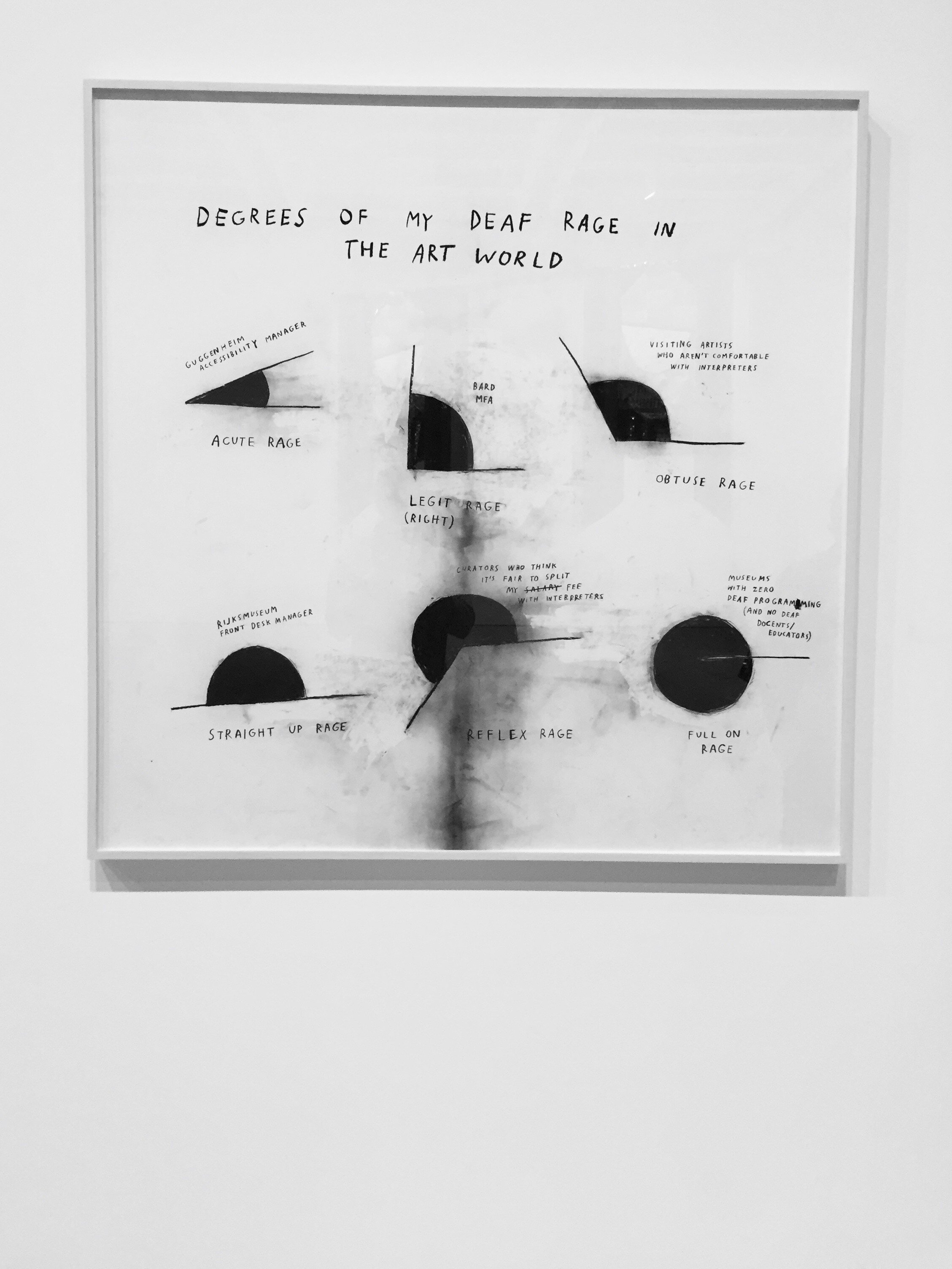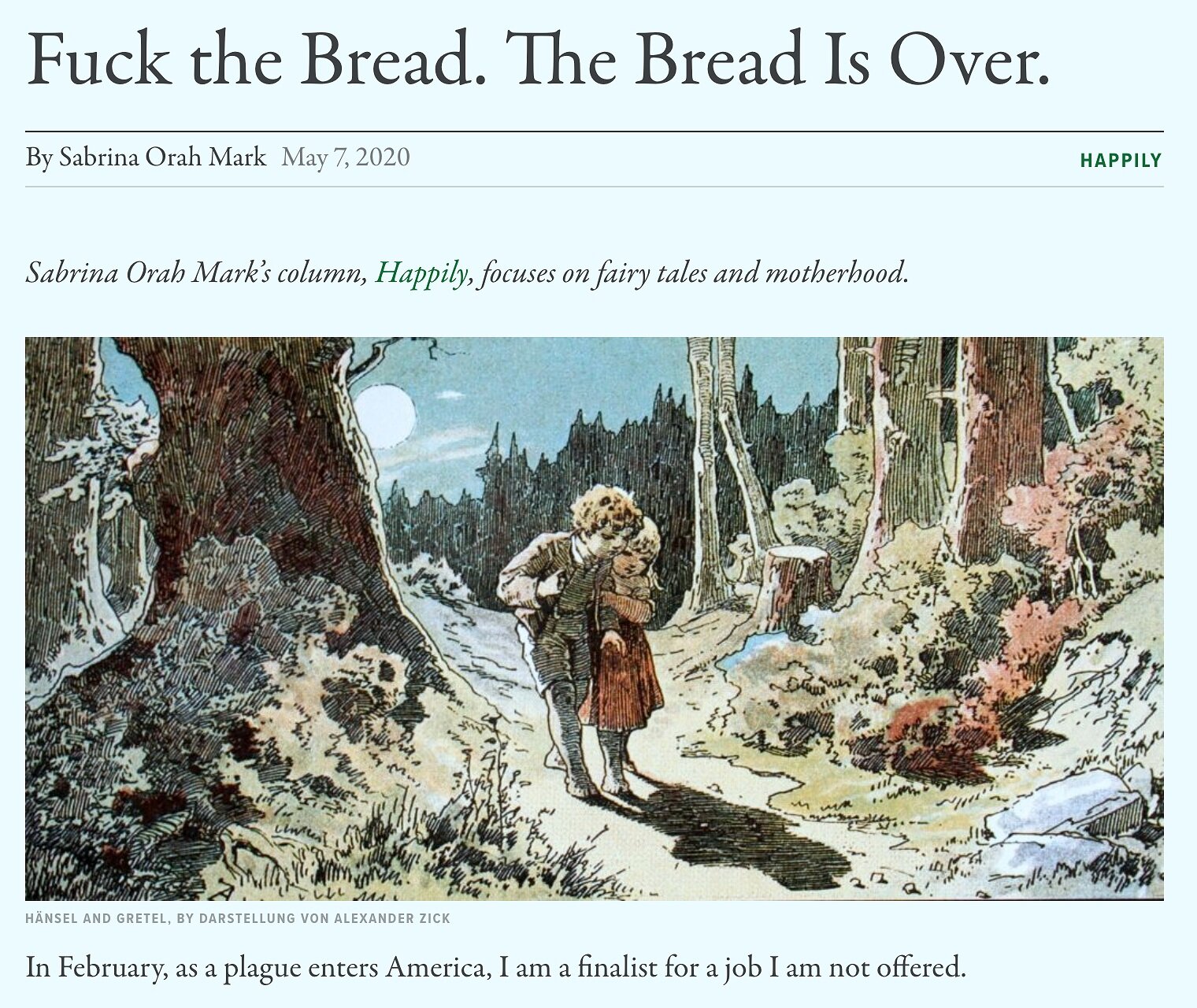Excerpt: Jenny Odell on Pilvi Takala's "The Trainee"
Untitled (from the series Griffin Memorial), 2010
“In 2008, employees at an office for the accounting firm Deloitte were troubled by the behavior of a new recruit. In the midst of a bustling work environment, she didn’t seem to be doing anything except sitting at an empty desk and staring into space. Whenever someone would ask what she was doing, she would reply that she was “doing thought work” or “working on [her] thesis.” Then there was the day that she spent riding the elevators up and down repeatedly. When a coworker saw this and asked if she was “thinking again,” she replied: “It helps to see things from a different perspective.” The employees “became uneasy. Urgent inter-office emails were sent.
It turned out that the staff had unwittingly taken part in a performance piece called ‘The Trainee.’ The silent employee was Pilvi Takala, a Finnish artist who is known for videos in which she quietly threatens social norms with simple actions. In a piece called Bag Lady, for instance, she spent days roaming a mall in Berlin while carrying a clear plastic bag full of euro bills. Christy Lange describes the piece in Frieze: “While this obvious display of wealth should have made her the ‘perfect customer,’ she only aroused suspicion from security guards and disdain from shopkeepers. Others urged her to accept a more discreet bag for her money.”
’The Trainee’ epitomized Takala’s method. As observed by a writer at Pumphouse Gallery, which showed her work in 2017, there is nothing inherently unusual about the notion of not working while at work; people commonly look at Facebook on their phones or seek other distractions during work hours. It was the image of utter inactivity that so galled Takala’s colleagues. “Appearing as if you’re doing nothing is seen as a threat to the general working order of the company, creating a sense of the unknown,” they wrote, adding solemnly, “The potential of nothing is everything.”
Andi Schmied's "Private Views: A High-Rise Panorama of Manhattan"
Did you dress up?
Yes, of course! I spent my entire budget I got for this arts residency on clothes and bags and manicures and makeup. But it wasn’t like anything very extreme — I was opting for sophisticated lady, somehow …
Understated but expensive.
Exactly — no brands. But after a while I realized that it absolutely doesn’t matter what I wear: From their point of view, you’ve passed the access, and you can do anything — anything is believable. For example, all the pictures were taken with a film camera, which is [gestures broadly] this big. I’d just ask, “Can I take some pictures for my husband?” which is a very obvious and normal thing to do. There were a few agents who noticed that it was a film camera, not a digital camera, and those who noticed asked, “Oh, wow, is it film?” And I’d always say something like, “Oh, my grandfather gave it to me — to record all the special moments in my life.” And they’d just put me in this box of “artsy billionaire,” and would start to talk to me about MoMA’s latest collection. So anything goes.
Christine Sun Kim: 2019 Whitney Biennial
Took these four pictures when I was in NYC last year and caught the 2019 Whitney Biennial (I think there were six total prints, however). These works by Christine Sun Kim were new to me, and my favorite encounter from the exhibition. Below is a short interview with the artist and her work and processes.
Article via The New York Times Magazine
Artist Website: Christine Sun Kim
Network Effect, Artist, Audience, Data
From a post on Investopedia:
“The network effect is a phenomenon whereby increased numbers of people or participants improve the value of a good or service. The Internet is an example of the network effect. Initially, there were few users on the Internet since it was of little value to anyone outside of the military and some research scientists.
However, as more users gained access to the Internet, they produced more content, information, and services. The development and improvement of websites attracted more users to connect and do business with each other. As the Internet experienced increases in traffic, it offered more value, leading to a network effect.”
From an essay by Dean Terry at Glasstire:
“So how do our considered, thoughtful posts about our life’s work fit in this context? A delicate drawing; an honest, wrenching poem? Not to worry: nearly 50,000 Facebook employees are on it. The drawing is analyzed with computer vision and AI and the poem is parsed and correlated with advertising profiles.”
From an interview with American Artist at Hyperallergic:
“People often ask artists “who is your target audience?” but I think this misses the point. First of all it sounds like a corporate marketing survey, but secondly, artists don’t always control who sees their work. What I think artists should really be asking, when they ask themselves “who is the work for?” is who is your work creating space for? Who is your work extending the life span of? Whose ancestors is your work defending? Who will see an image of their self in your work and what kind of image will it be?”
From Our Data Bodies resource, Digital Defense Playbook (PDF):
“In order for us to understand and confront the ways in which data-based technologies are being integrated into our everyday lives and impacting our ability to self-determine and thrive, we must first understand how our communities—ones marginalized by race, class, gender, sexuality, immigration status, and other natural and imposed identities—are impacted by data-based technologies”
Interview with Tenaya Izu
Hyperallergic has been doing some wonderful interviews highlighting Queer art workers and their perspectives. One sentiment/belief/aspiration that I was particularly drawn to:


























